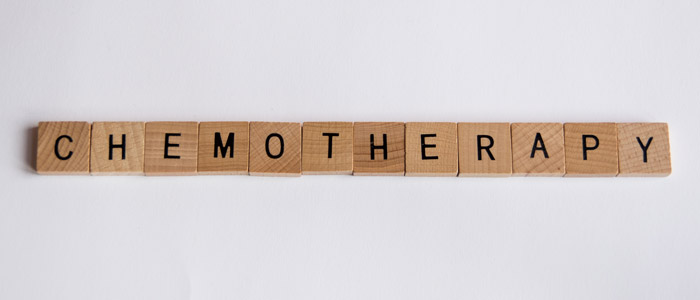In the world of CBD, we speak and write often about the compounds that naturally occur in the industrial hemp plant, like cannabinoids and terpenes. But what are CBD terpenes, and what is their role?
We know that cannabinoids like cannabidiol interact with the human endocannabinoid system (ECS).
The ECS brings homeostasis to the body when it’s properly nourished.
Terpenes, on the other hand, are potent chemical compounds that give plants their aromas, colors, and flavors. They’re produced by most plants and even some animals, such as termites and swallowtail butterflies.





